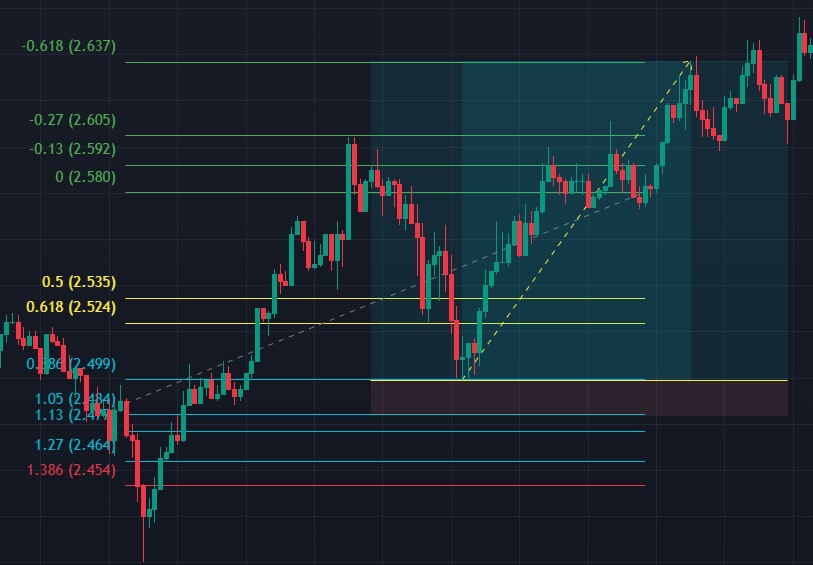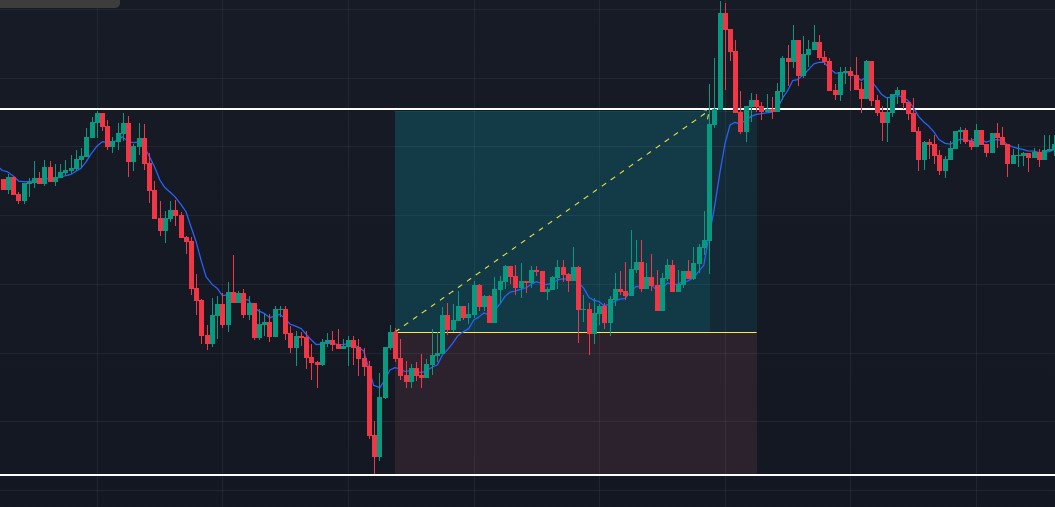Available Trading Strategies
Explore the different trading strategies available in Tradeture. Each strategy is designed to help maximize your profits and manage risk effectively.

FIB886
Identify market bias, Identify support / resistance, places a trade at retracement 0.886.
- Key Rules:
- Identify levels of obvious price rejections then places a limit order at retracement 0.886, from the support level to highest low.
- The Psychology why the strategy should work is when a rally happens, most panics to buy / long at the nearest support level (retest), but since everyone does not want to get left out (FOMO) they adjust their entries a little bit higher.
- Another reason why this strategy should work is because 0.886 level is the level of Invalidation for most harmonic patterns at point C and most put their stop losses there, and is why it is a good entry point as stop hunt does happen occasionally.
- Take profit is set at the nearest Order block level for conservative approach.
- Take profit at highs (liquidity grab)
- Take profit at breakout level (-0.618 retracement)
- Stop loss at 1.05 retracement level
- Risk to reward ratio is 1:5 up to 1:9
- Invalidation of the trade is if any of the candle after entry is triggered closes below entry price. The setup is invalid.

Triple Confluence Bias Strategy (TCBS)
A scoring based strategy for Market Structure, Relative Strength Index (RSI) and Exponential Moving Average (EMA), refined and applied risk mitigations for stop hunt scenarios.
- Key Rules:
- Measures RSI, EMA and analyses Market structure through candlesticks to Identify bias. Run into a scoring based algorithm to determine the bias percentage based on score.
- calculates Risk-Reward-Ratio upon signal reaches 60% confidence in bias / direction.
- Identifies Liquidity levels, and determines Entry, SL, TP based on these levels.
- If Risk-to-Reward Ratio is less than 1.5 it enters at the nearest liquidity and targets the furthest liquidity according to bias.
- If the Risk-to-Reward Ratio is greater than 1.5, it enters the trade with the stop at the nearest liquidity, and targets the furthest liquidity.
- Risk-to-Reward Ratio is 1:1.5 onwards